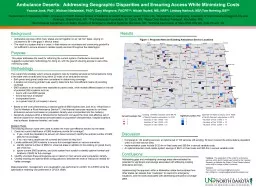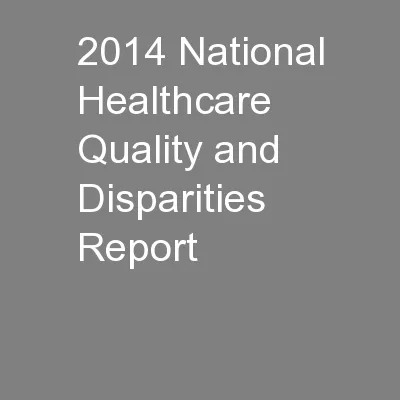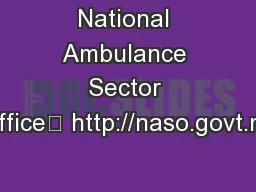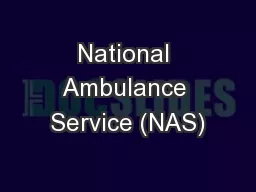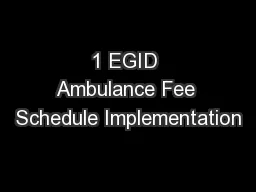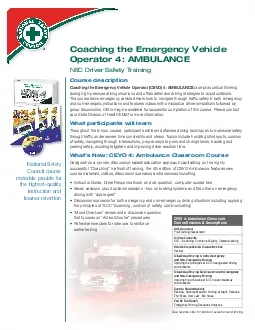PPT-Ambulance Deserts: Addressing Geographic Disparities and Ensuring Access While Minimizing
Author : karlyn-bohler | Published Date : 2018-09-23
Yvonne Jonk PhD 1 Michael Niedzielski PhD 2 Gary Wingrove FACPE 34 Nikiah Nudell MS NRP 3 Lindsey Narloch MS 5 Tom Nehring BS 56
Presentation Embed Code
Download Presentation
Download Presentation The PPT/PDF document "Ambulance Deserts: Addressing Geograp..." is the property of its rightful owner. Permission is granted to download and print the materials on this website for personal, non-commercial use only, and to display it on your personal computer provided you do not modify the materials and that you retain all copyright notices contained in the materials. By downloading content from our website, you accept the terms of this agreement.
Ambulance Deserts: Addressing Geographic Disparities and Ensuring Access While Minimizing: Transcript
Download Rules Of Document
"Ambulance Deserts: Addressing Geographic Disparities and Ensuring Access While Minimizing"The content belongs to its owner. You may download and print it for personal use, without modification, and keep all copyright notices. By downloading, you agree to these terms.
Related Documents

